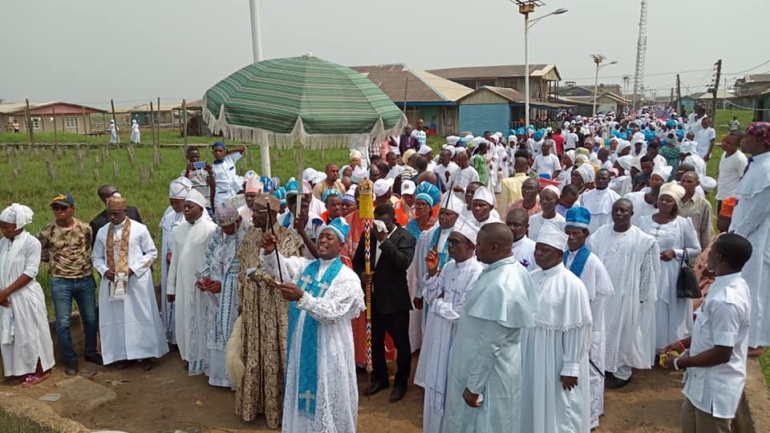
The transmission of leadership in Ayetoro was marked not by private negotiations or hereditary succession but through a solemn communal ritual: the presentation of the staff of authority. This staff, crafted from polished wood and devoid of ornate decoration, functioned as a material symbol of…
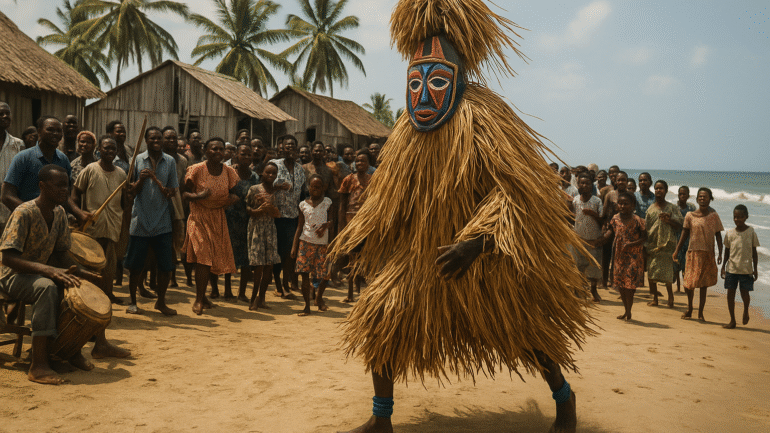
Among the cultural practices that enlivened communal life in Ayetoro, masquerade performances held during coastal festivals occupied a distinctive place. While the town was primarily defined by the Apostolic faith and its emphasis on spiritual purity, cultural expressions connected to Ilaje heritage remained visible in…
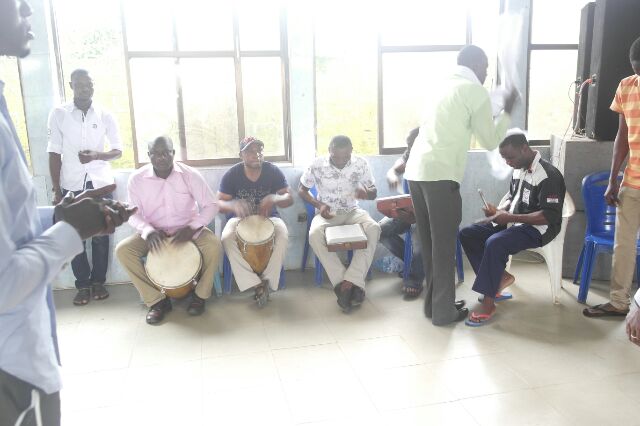
Music was a central feature of communal and spiritual life in Ayetoro, and at the core of this tradition were the instruments created by the skilled hands of local craftsmen. In the 1950s and 1960s, the town’s artisans produced a range of musical instruments —…
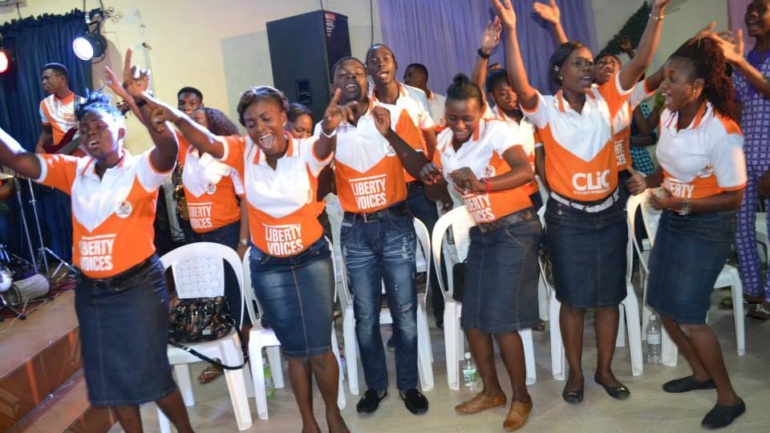
In Ayetoro, cultural expression was inseparable from community life. While worship and work defined much of the settlement’s rhythm, celebrations provided opportunities to affirm identity, transmit values, and strengthen bonds across generations. Among the most memorable features of these occasions were the performances of children,…
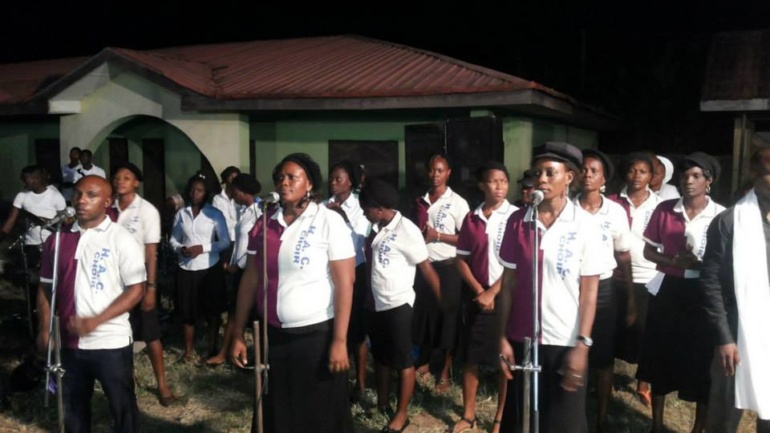
Hymn-singing was a defining element of worship in the Holy Apostles’ Church at Ayetoro. From the community’s founding in 1947, congregational song in unison became both an expression of devotion and a mechanism of cohesion, reinforcing the collective ethos of the settlement. By the 1950s,…

In Aiyetoro, music was an essential element of communal life, and drumming in particular occupied a central role in both religious and social gatherings. During community feasts in the 1950s and 1960s, traditional drummers provided not only rhythm for dancing and celebration but also a…
